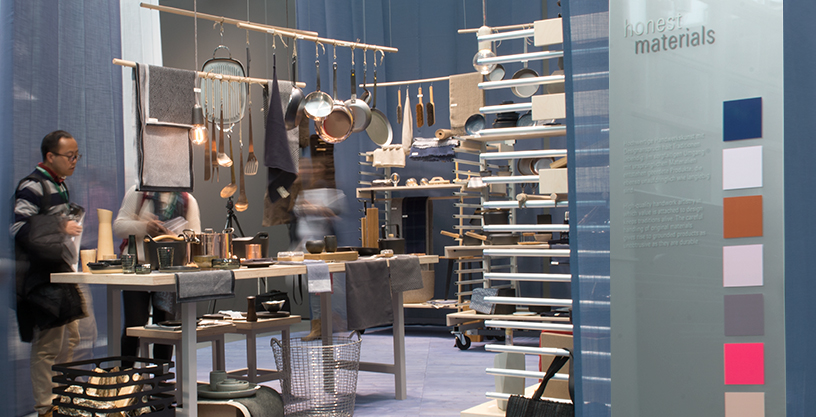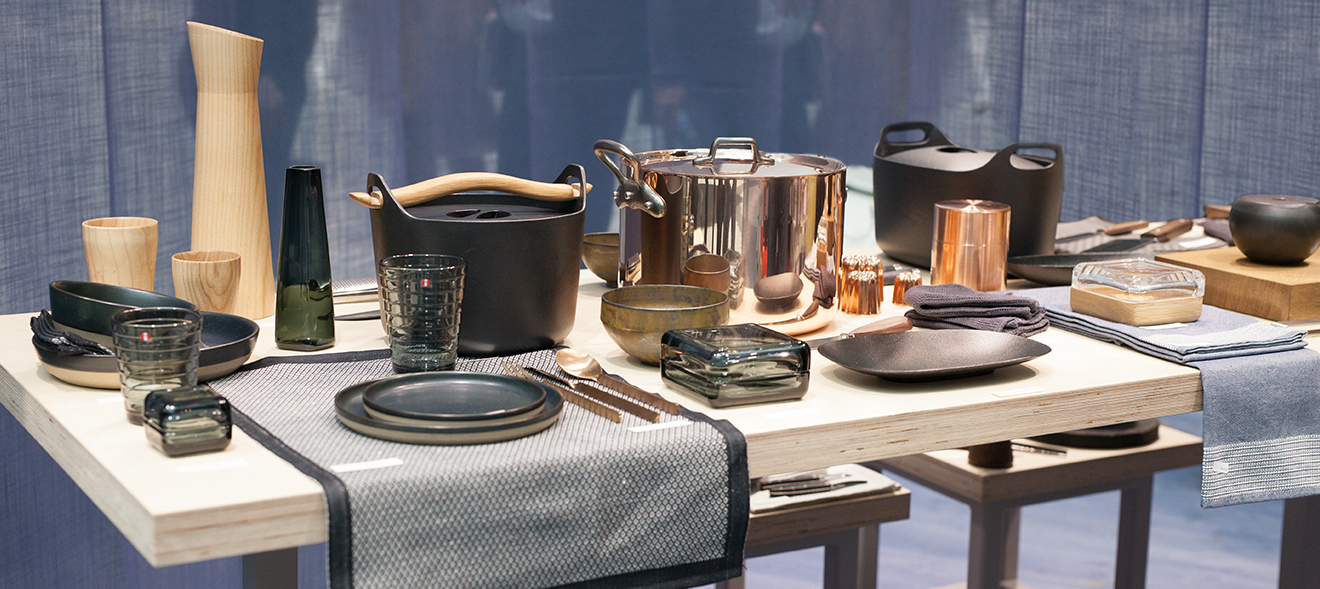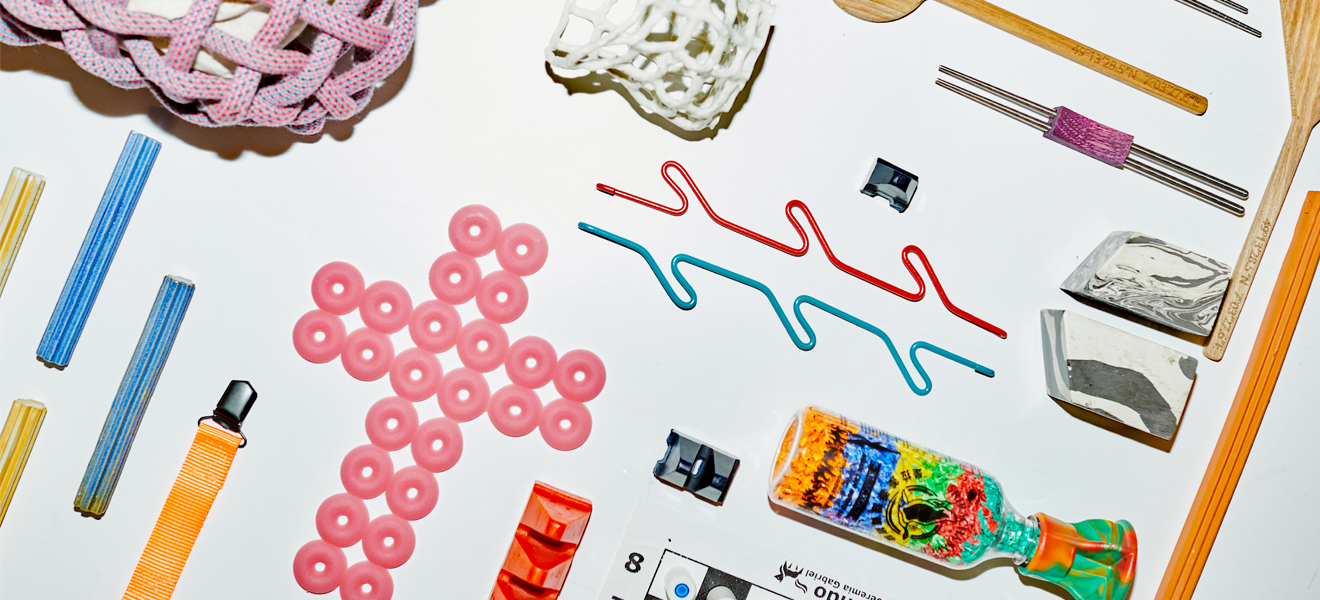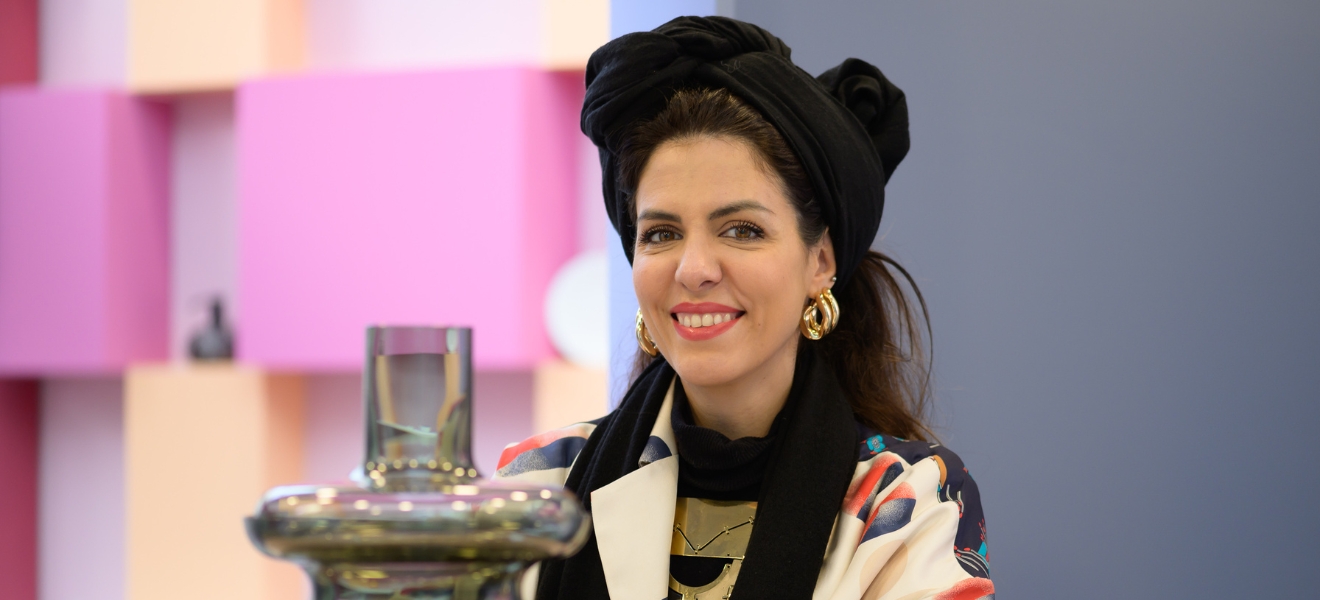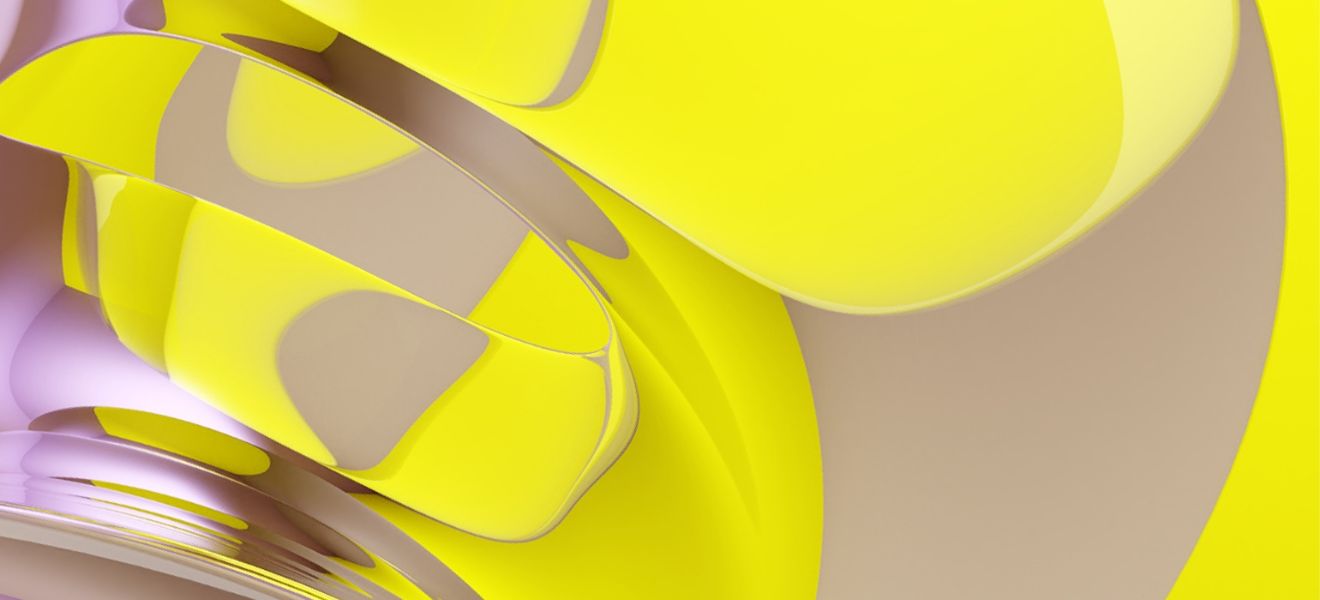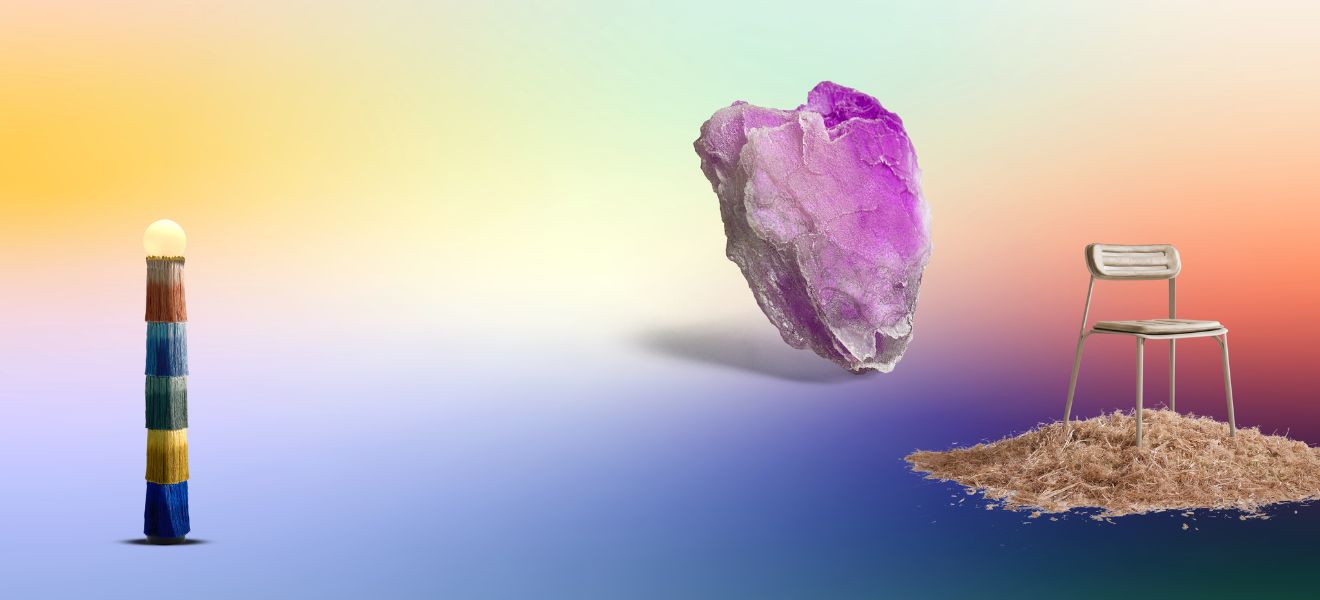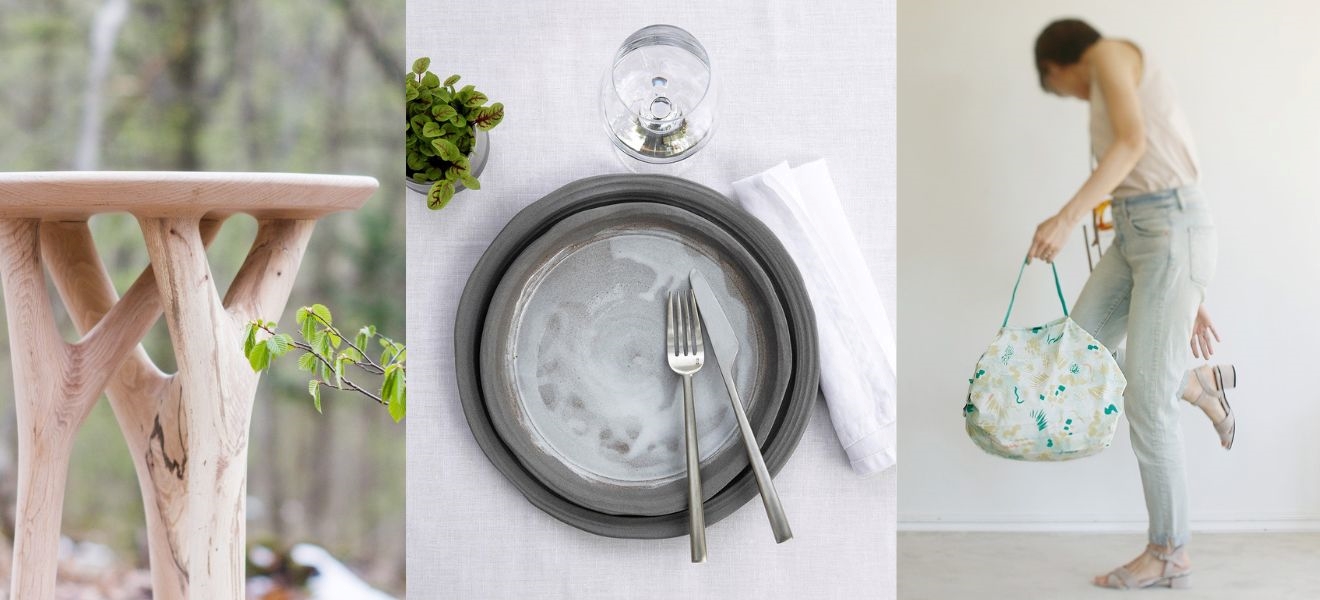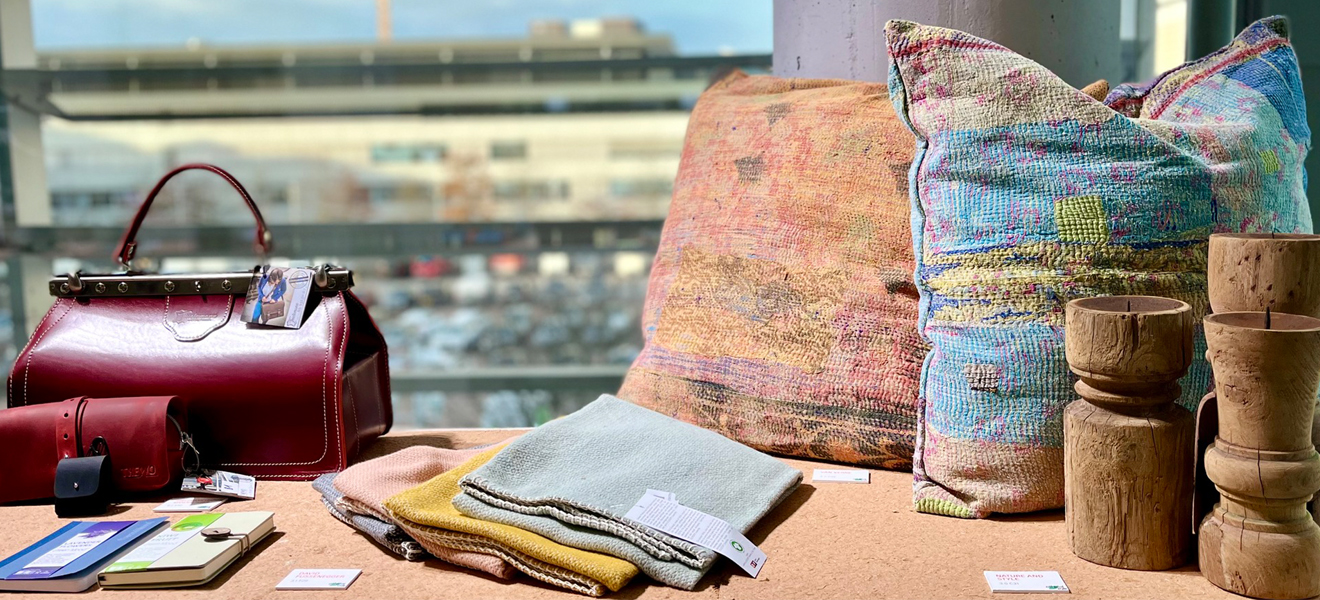Put on your apron, lay out your materials and get going! That’s often the starting point for creating a little masterpiece. Whether in the workshop or the kitchen, creating something of your own gives meaning and enjoyment. ‘Honest materials’ are an essential companion in such activities – and take on a surprising life of their own.
Durable materials are in great demand
Stainless steel has long been the secret king of the kitchen. Surfaces, pans, cutlery and accessories – all dominated by this super-clean metal. Recently, though, other materials have been making their way slowly but surely into the kitchen arena. Cast iron, wood, tin, copper and enamel are all solid, high-quality materials that are good to work with – and that bring a deeper colour palette into the kitchen. Riess has created a wonderful blue enamel kitchenware line, Skeppshult favours cast iron and Weyersberg is making a gleaming impression with its copper kitchenware. And if you look carefully, you’ll see that all these materials are actually leading lives of their own…
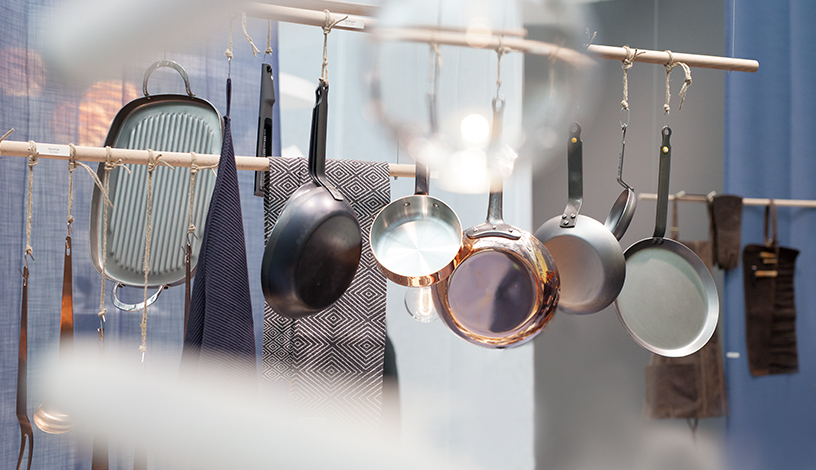

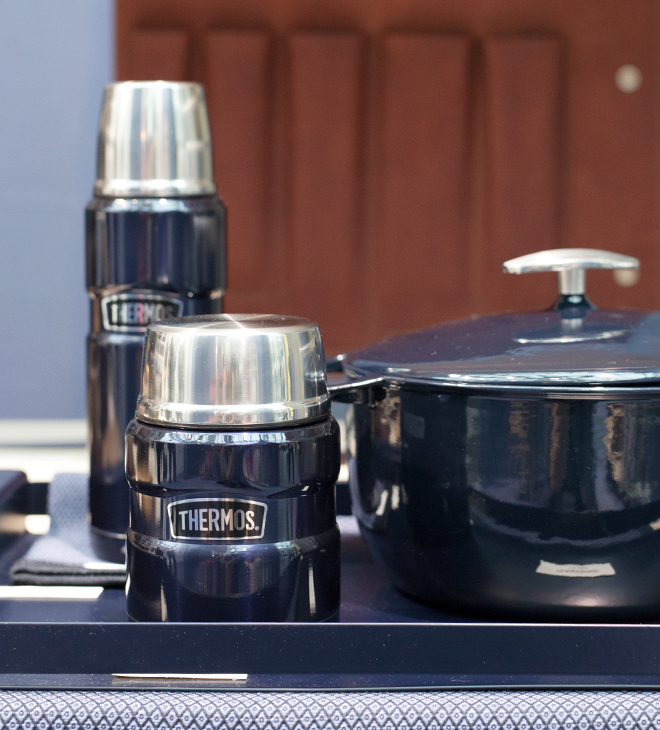
The colour of tableware is keeping pace with ovenware and stoveware, setting dishes against a background of deep colours. Good examples of this are the iridescent blue tableware from Luzerne and the bowls from Rosenthal in which the transition between the dark interior and terracotta exterior is emphasised by elegant sweeping lines.

“The dark colour is a very important aspect of ‘honest materials’,” confirms Claudia Herke from stilbüro bora.herke.palmisano. Sophisticated greys in cast iron and tin, dark-brown stained wood, earth-coloured pottery and blue tones on textiles and tableware. These colours hold a conversation all of their own. We should listen in for inspirations!

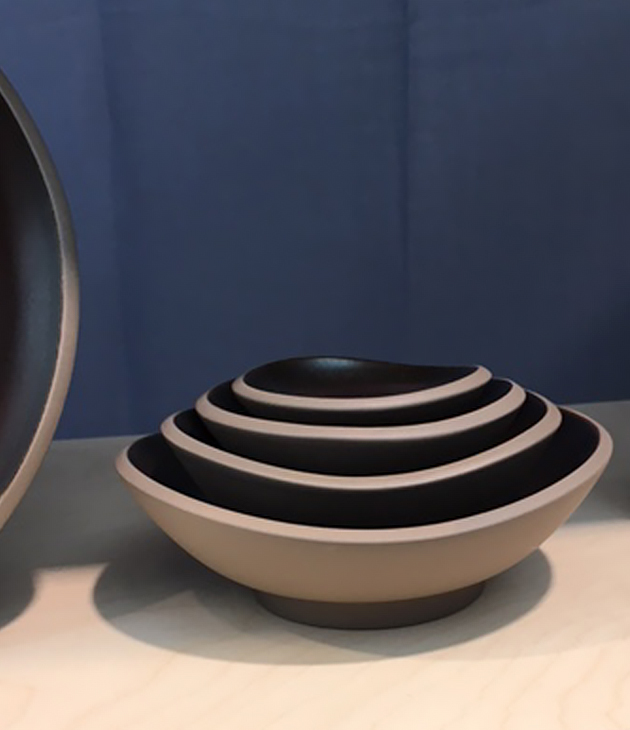

Handwoven products from the north
Quality and superior craftsmanship are also important when it comes to kitchen textile products. The Scandinavians are past masters at getting these materials to talk – and combining aesthetics with practicality. Linen quickly absorbs moisture and has anti-bacterial properties, making it a valued guest in the kitchen. However, it’s almost a sin to use Ekelund’s distinctively patterned tea towels to dry up even clean dishes. The luxurious cotton materials from Danish manufacturer Elvang join in the conversation, while mixed fabrics and hand-embroidered items play a sort of basso continuo underneath. You don’t need a radio in the kitchen with these materials.


Narrative backgrounds
The connection to tradition and locality is striking. We don’t simply want to have attractive objects, we want to be able to connect them to something or somewhere. Let’s look at a product found in every kitchen: the cutting board. Fuga takes up on the theme of traditional Russian breadboards and celebrates structure with its stark grooves – a solid and contemporary look. By contrast, Raumgestalt specifically aligns itself with its region. This company from the Black Forest thinks in local terms and its thick oak cutting board looks as though it has come straight from the forest. It’s great for the Sunday roast and much more. When it comes to knives, too, there are background stories. Japan has a particular affinity for the art of metalworking and sword making thanks to its samurai traditions. The knives from the Kai Corporation seem to cling almost weightlessly to the wooden block. Then there are other knives where only the cutting edge is polished, while the rest is irregular. These knives seem to open up a small window on their manufacturing process – how clever!

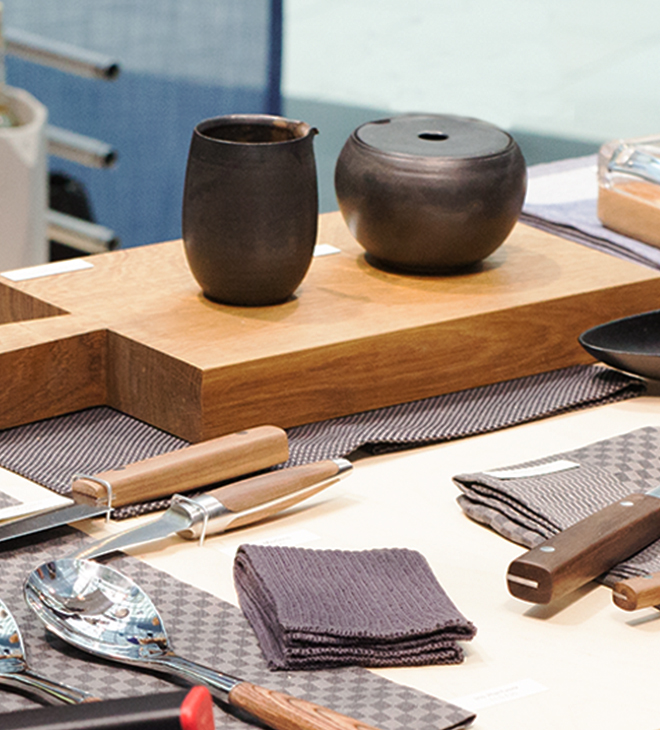
Housework meets industrial chic
Superior accessories add a touch of refinement. With brushes from Iris Hantverk and Alpenleder’s snazzy leather apron, even mundane housework can become a pleasure. Particularly, if it’s all done in a similarly upmarket setting. NUD Collection offers attractive shadeless lamps that throw direct light onto the work surfaces and evoke the atmosphere of industrial design. A particularly pleasing detail is the mix of cords that are relaunched each year and would have been seen as pure excess by pragmatist Henry Ford. But why?

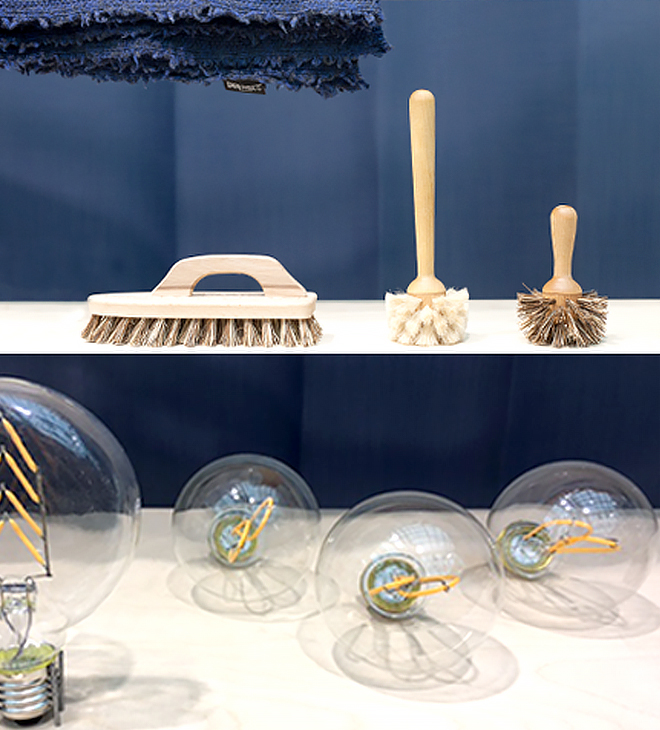
Once you have started to tap into this world of authentically timeless materials, you naturally want more – both for decorative and practical purposes. Today we have the luxury of making work a special experience. And we are rightly in awe of the way original, high-quality materials hold their internal conversations.
